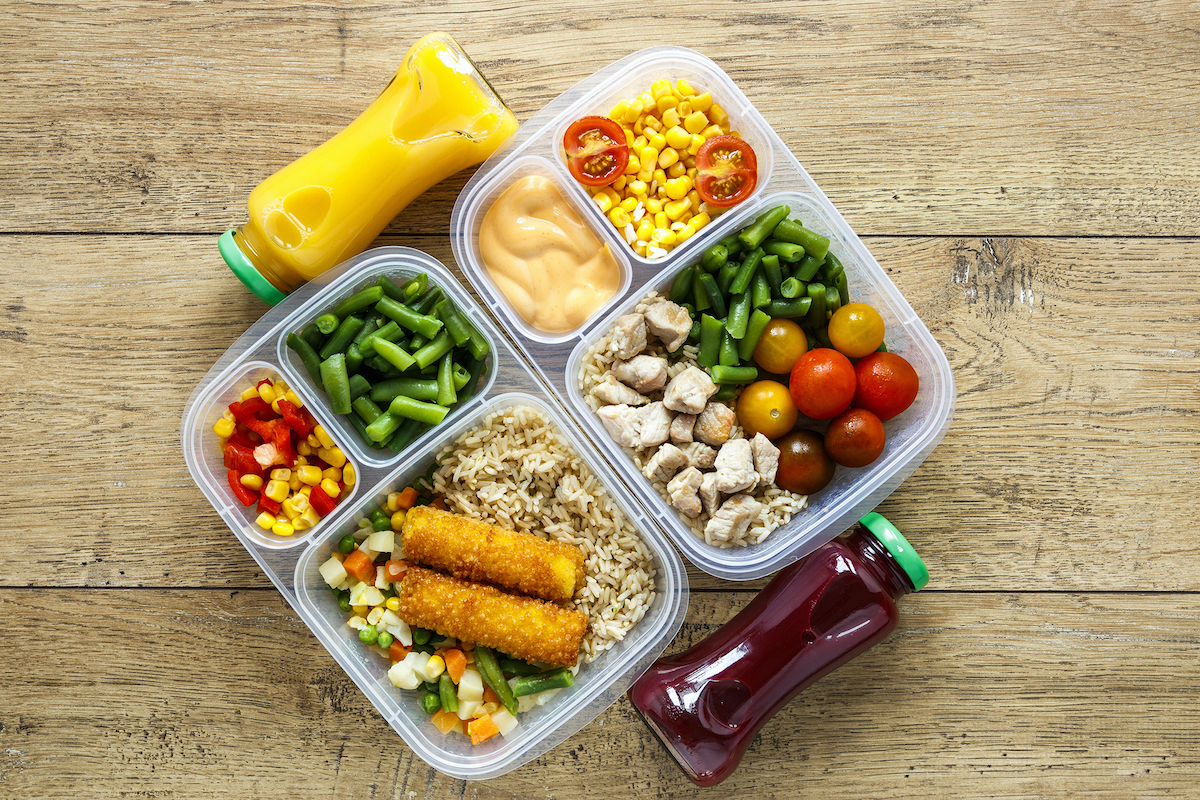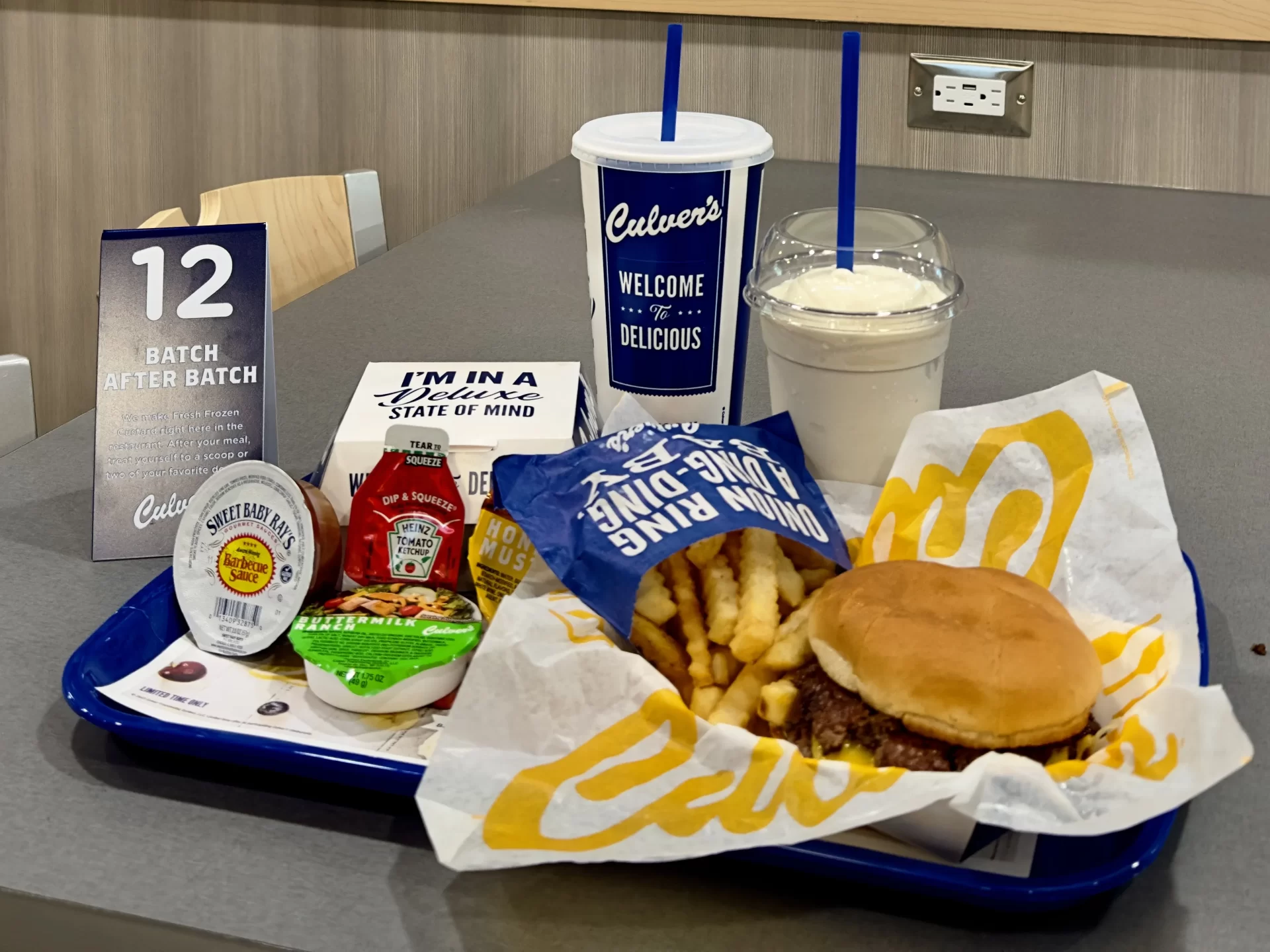By Celia Strong
Information can be a great thing. It gives us confidence. And strength. And the ability to do better.
With wine, it opens doors to new worlds of flavors and textures.
Being able to read and understand a label on a particular wine bottle can decide whether you try it. Or leave it sitting in the shelf.
For many, German wine labels have always been more difficult to decipher. Complex? Yes, but they actually include more information than labels from any other country.
Here’s some help:
Like elsewhere in Europe, German wines are named for the region or town from which they come. A “Piesporter” is from the town of Piesport.
And German lables list the producer or winery, vintage, region and country. But, after that, they include more information than their neighbors’ labels.
They list a quality level, the grape variety, the vineyard and the wine’s style.
There are four German wine quality levels. From lesser to better, these are Deutscher Wein, Landswein, Qualitätswein (QbA) and Prädikatswein.
QbA and Prädikatswein wines make up the majority of German exports. QbA wines, or quality wines, follow their regional laws that ensure place of origin, only approved varieties are used and the grapes must have reached sufficient ripeness. Chaptalization, adding grape sugar to achieve alcohol levels, is allowed and adds body to the wines.
Prädikatswein is a step up from quality wines and includes graduating levels of sweetness. Kabinett – light, aperitif style wines with a potential alcohol level of 8.8 percent. Kabinett wines use ripe grapes and tend to be dry or medium dry and fruity. Spatlese – this name, literally, means late harvest, and grapes are harvested by the bunch. A potential of 10 percent alcohol and more sweetness makes these wines pair well with richer or spicier foods.
Auslese – these wines have a potential 12-percent alcohol content and are also late harvest. But these grapes are picked individually so they all have more a consistent ripeness and the wines are more intense. Beerenauslese, Eiswein and Trockenbeerenauslese (TBA) are the last three stages of ripeness, and not as often seen.
It is worth noting that the emphasis on the grapes’ ripeness, and sweetness at harvest is because the weather in Germany does not always allow them to ripen as easily or completely as in most other wine producing countries.
While the terms Kabinett, Spatlese and Auslese describe the style of a wine, that style is based on the ripeness. And, without Chaptalization, when legally allowed, some wines would never get made. Or achieve QbA or Prädikatswein status.
The test, now, is trying out some of this new information.
A couple of wine choices would probably make learning this information easier. Like trying one producer’s Kabinett and Spalese and Auslese?
Read the labels. Taste the wines. Repeat.
And try some German wines that may not be as highly rated.
Doesn’t mean they don’t taste great; they just have less complex labels.
Enjoy information.
Enjoy drinking smarter.
Enjoy!






